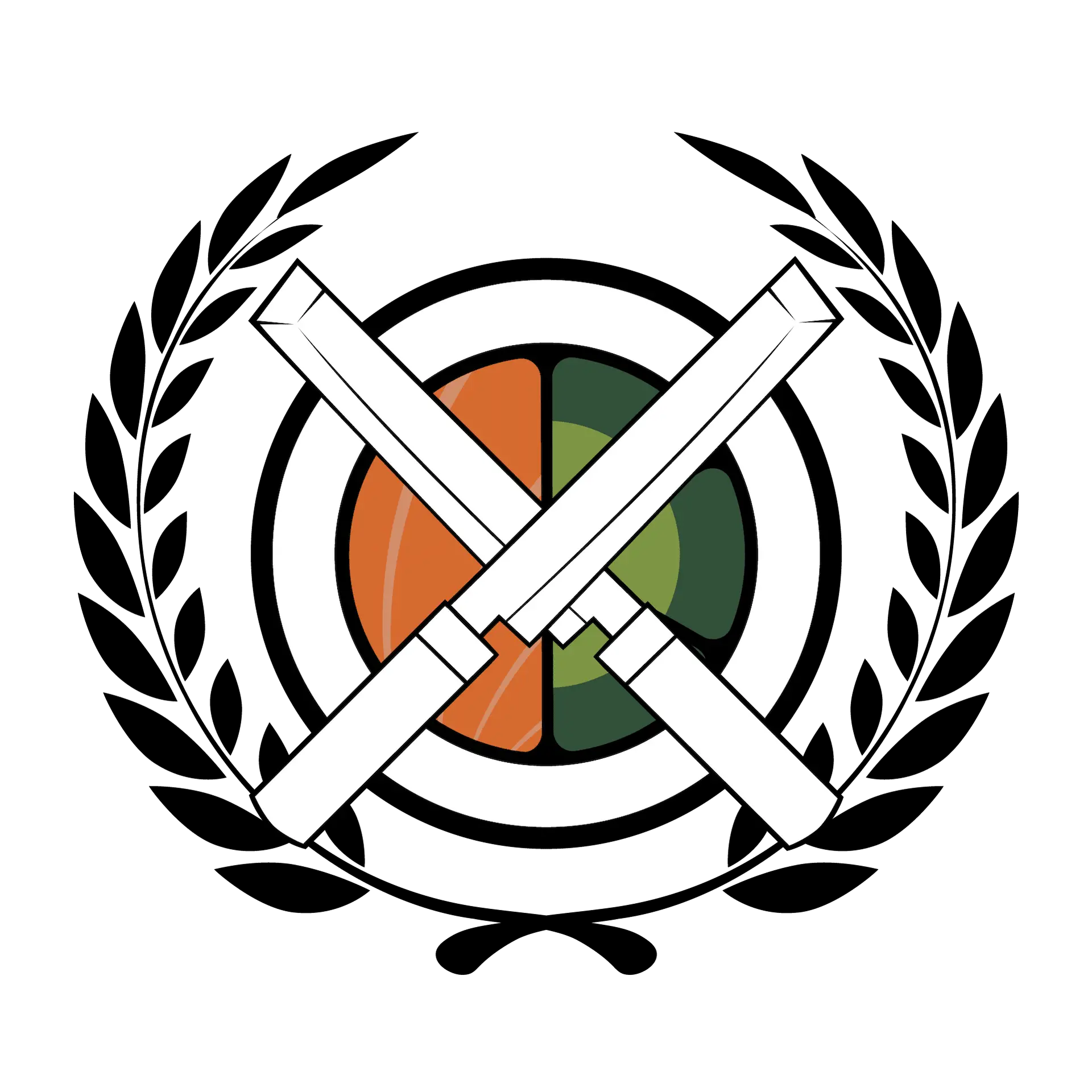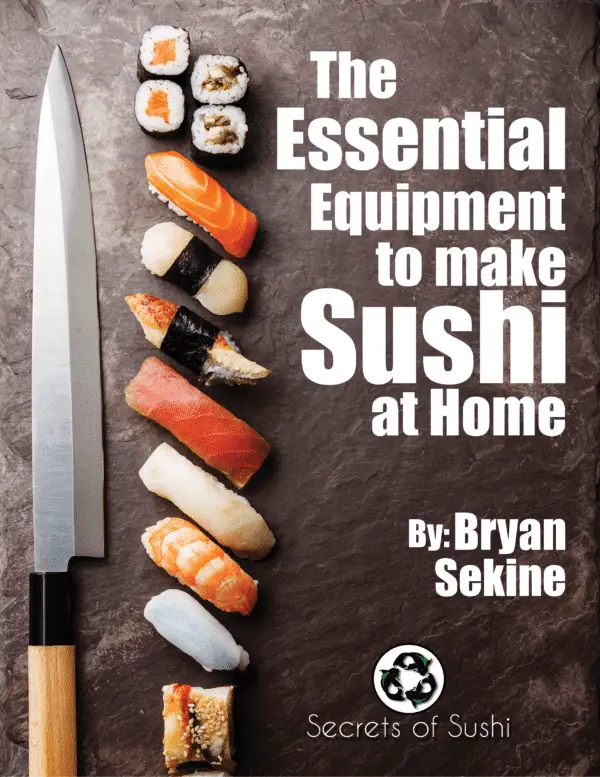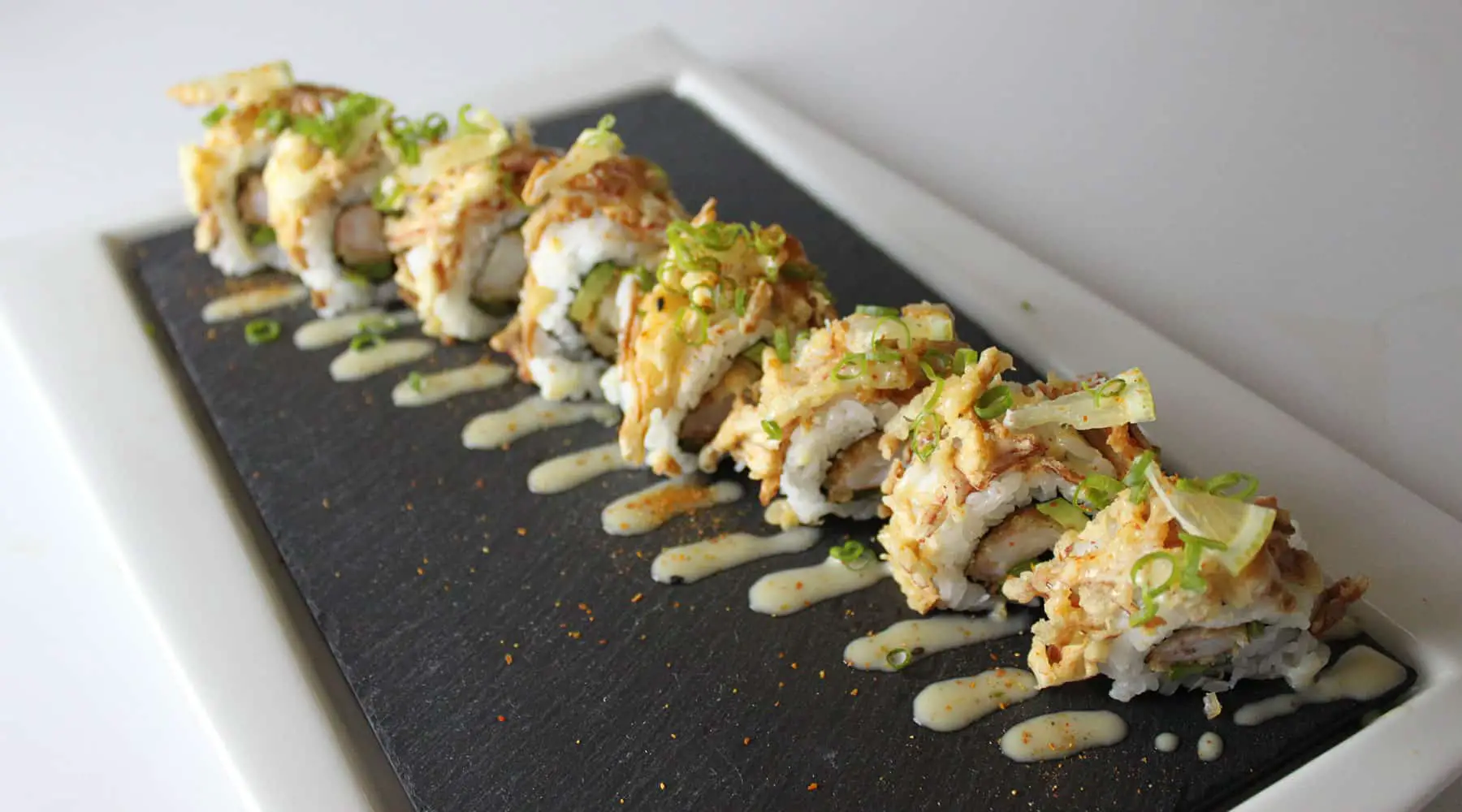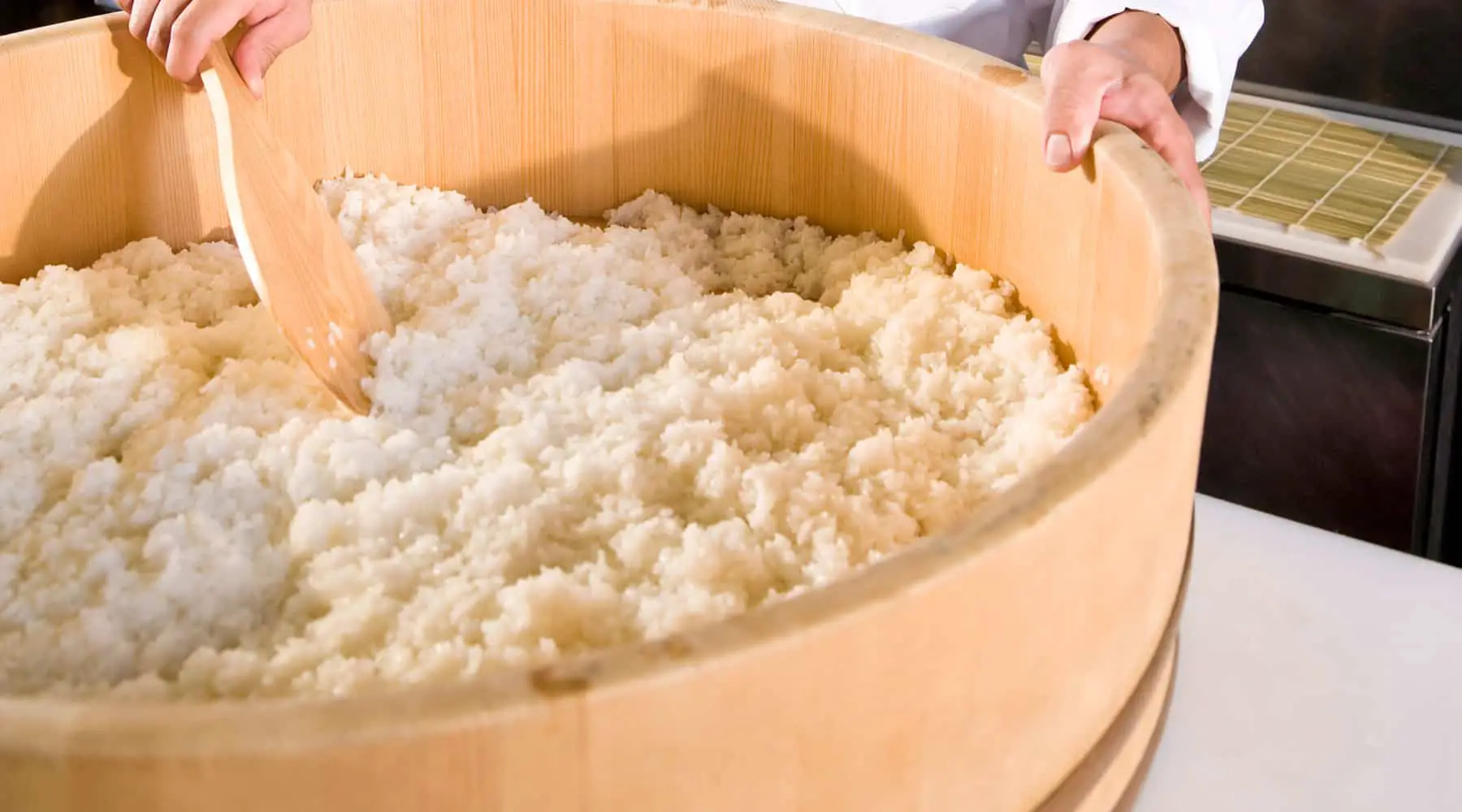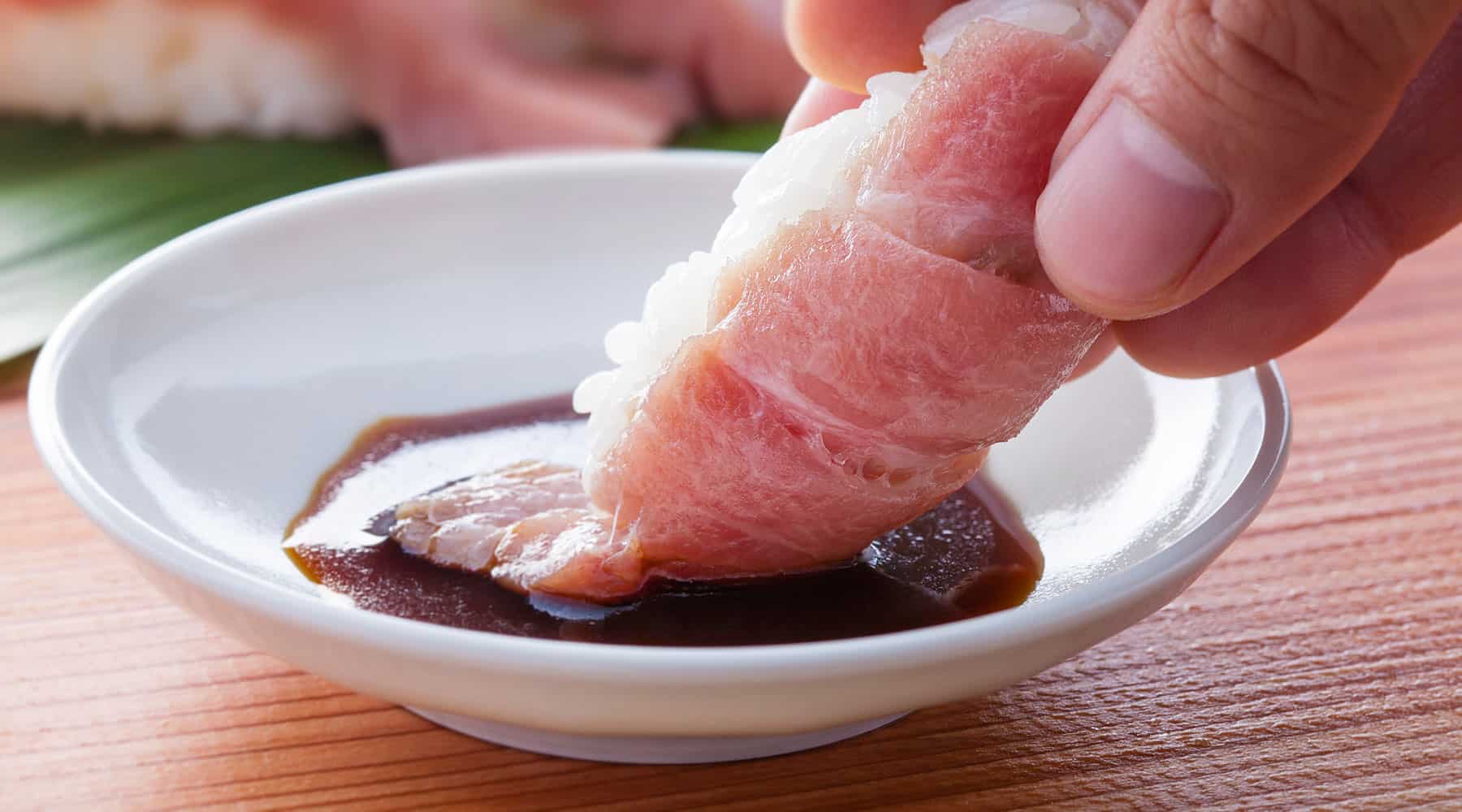Knife Etiquette
Why is knife etiquette so important?
Knife etiquette is the single most important part of rolling sushi. Sushi knives are extremely sharp and the possibility of cutting off one of your fingers (or more) is very real. I have personal experience of how severe this can be when I cut off the tip of my own finger!
With that being said, this webpage is dedicated to teaching you the proper technique, maintenance, and safety tips to ensure that you never cut yourself. With practice, patience, and persistence, you will be able to chop vegetables at lightning speed and even cut foods with your eyes closed!
These techniques can be used every single time you hold a knife. You don’t have to be making sushi to practice your knife technique! In fact, the more you practice on how you hold your knife and how you cut/slice – the better.
**Disclaimer**
Please, please, PLEASE practice your knife etiquette slowly. There is no need to rush your speed or try to be a “fast chopper.” The speed will come with time. Remember, safety first- speed later.

Holding Your Sushi knife
Nine times out of ten, people hold their knives all wrong. You may never think about how you hold a knife or pay any attention as to why you hold it that way. Doing so is the first step towards cutting like a pro.
Instead of holding your knife by the handle, use your index finger and thumb to hold onto the base of the blade. Then, wrap your other three fingers around the handle of the knife. It might seem odd at first, but holding your knife this way actually improves the accuracy and consistency of each cut!
This technique allows for extremely precise angle control of your cuts.
Many of my students have previously learned to use their index fingers on the top of their blade- almost as if they were pointing to the food they were cutting. While that technique does yield beneficial control of the tip of the blade, using your fulcrum (a term referring to using the index finger and thumb to grip- it’s a percussion term) to hold your knife gives you better control of the entire blade.
The "Cutting Hand"
Obviously not the hand you are cutting, the “cutting hand” refers to the hand you hold the food with. Your off-hand should be formed in the shape of a paw. What this means is that your fingers will be curled inwards and gripping the food itself.
Make sure that your thumb is also curled in. I often use my thumb to make sure the cutting board doesn’t move while slicing or chopping.
It also helps to have your thumb touching the cutting board while cutting round objects (like cucumbers or carrots) to make sure your food doesn’t roll away.
In the slide show below, you can see that my thumb and pinky finger are on the cutting board, while the rest of my fingers are touching the carrot.
It’s important that your middle finger is perpendicular to the cutting board. The back of your knife will actually slide along the surface of your finger. If your finger is perpendicular, then you will not cut yourself!
Here you can see both grips: the knife hand and the cutting hand.
Notice how the back of the blade is completely touching my middle finger.
Remember, your knife doesn’t always have to be perpendicular to the cutting board. In fact, in this picture, it is more beneficial to cut and an angle- as it provides more room on the cutting board itself.
Cutting with your knife perpendicular to the cutting board often leads to the chef’s body leaning to one side or turning slightly. Both of which are bad for long-duration cooking/sushi rolling.
When using this proper knife etiquette, always remember to keep your knife’s edge below your middle finger’s knuckle height. If you lift the edge above that height, you run the risk of cutting the top of your cutting hand.
With plenty of practice, this technique can completely revamp how you use a knife and (over time) make you extremely fast at cutting just about anything.
Knife Placement When You're NOT Using It
For safety purposes, as well as knowing exactly where you placed your knife, always put your knife, edge facing away from the cutting board, at the top edge of your board when you’re not using it.
This will ensure that you don’t accidentally slice your fingers when reaching for your knife again. Also, if you happen to be cooking/rolling sushi with other people, they will also know where your knife is.
If everyone practices the same knife etiquette, then they will all be faster, safer, and more cohesive in a kitchen/sushi bar.
Interesting facts about Japanese knife etiquette:
- The Japanese believe that the “pushing” motion is for power, whereas the “pulling” motion is for precision.
- Most serrated edge knives in Japan are created with the intention of the “sawing motion” happening exclusively by pulling, whereas Western saws are built for both a push and pull motion.

